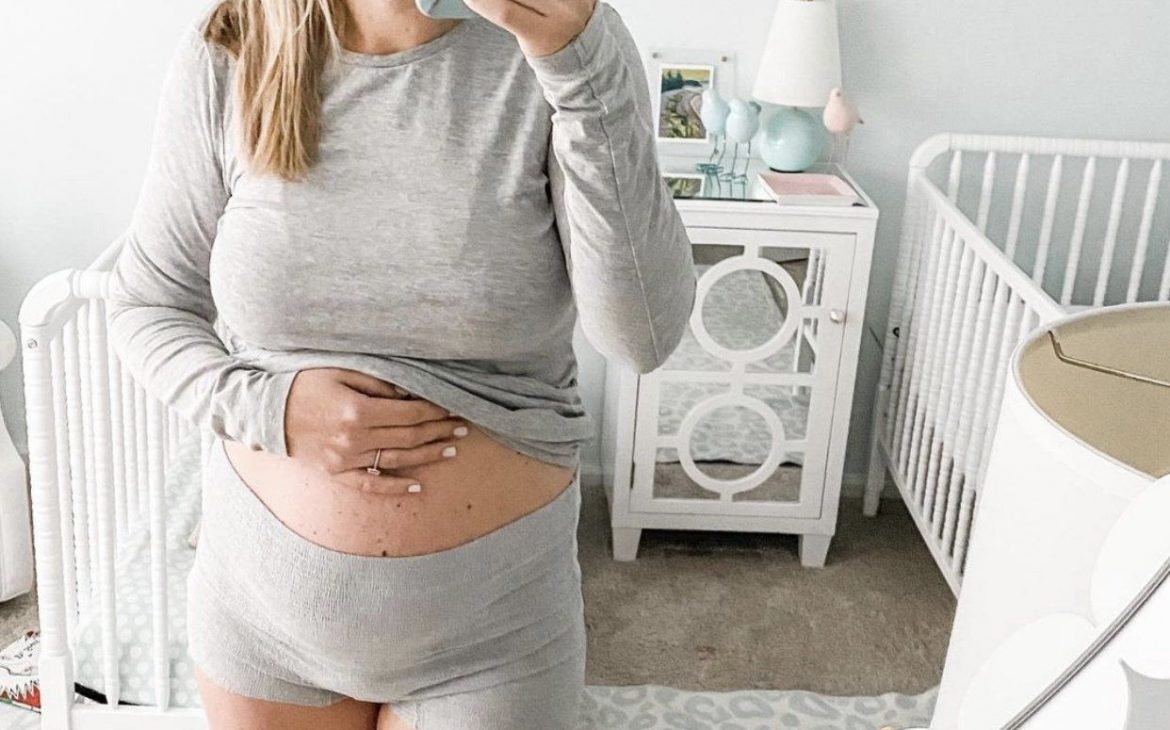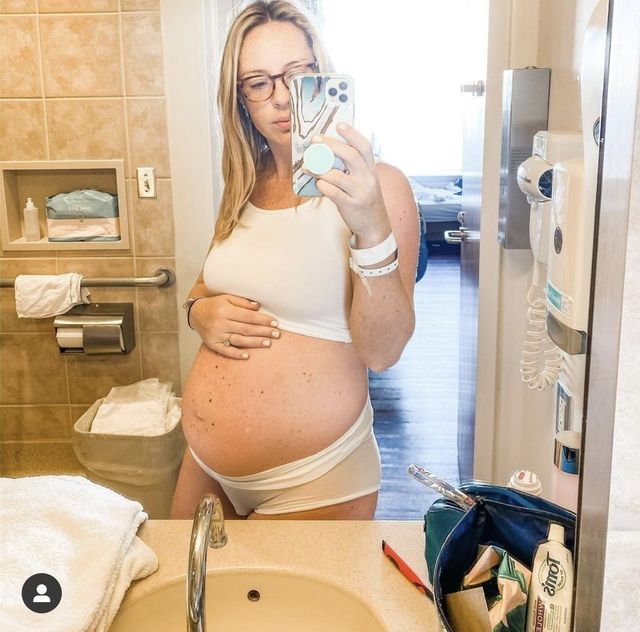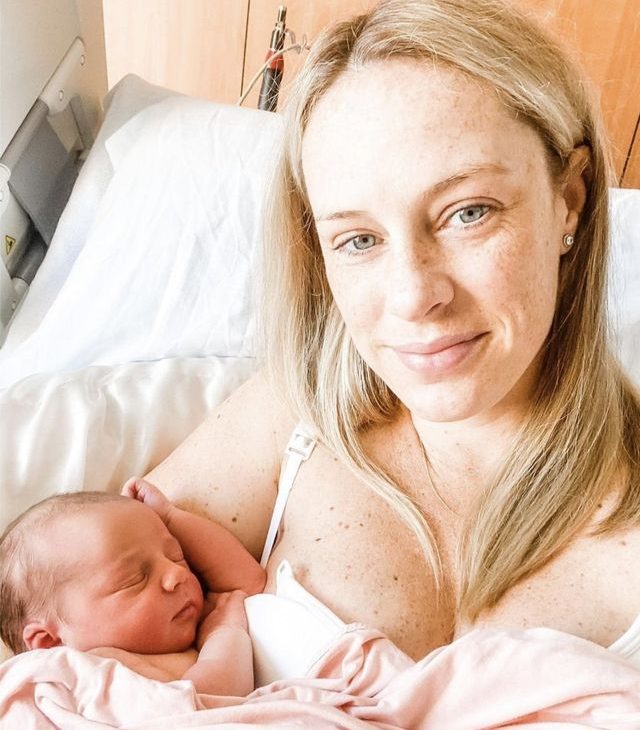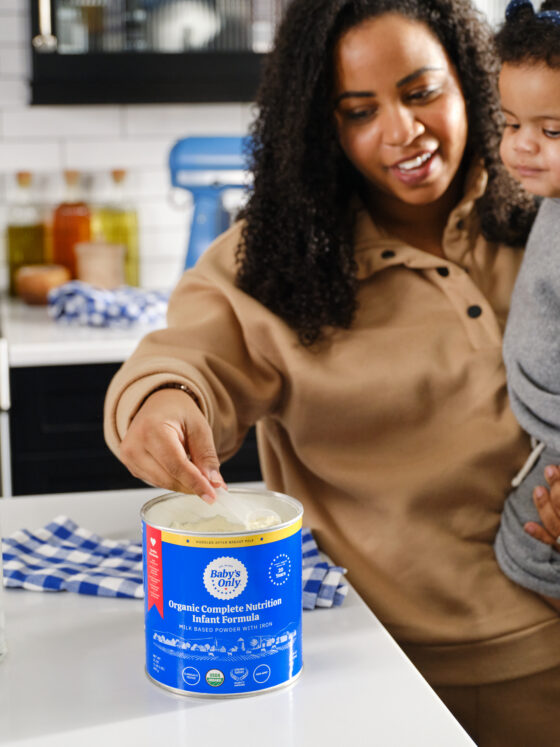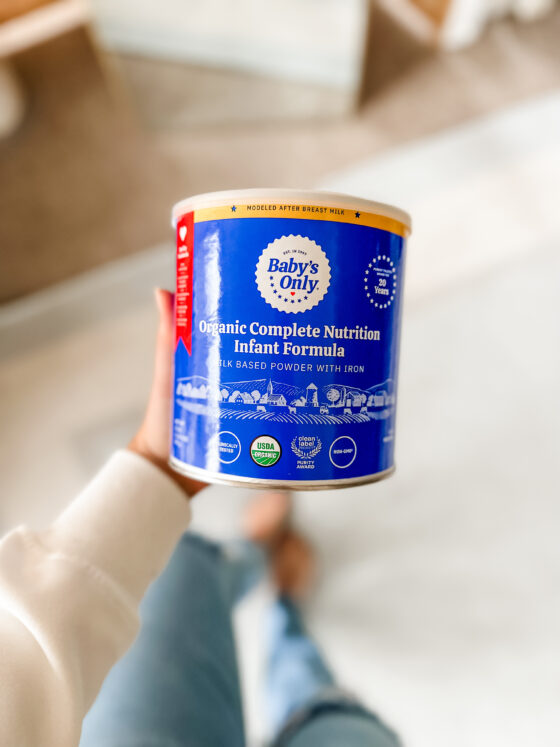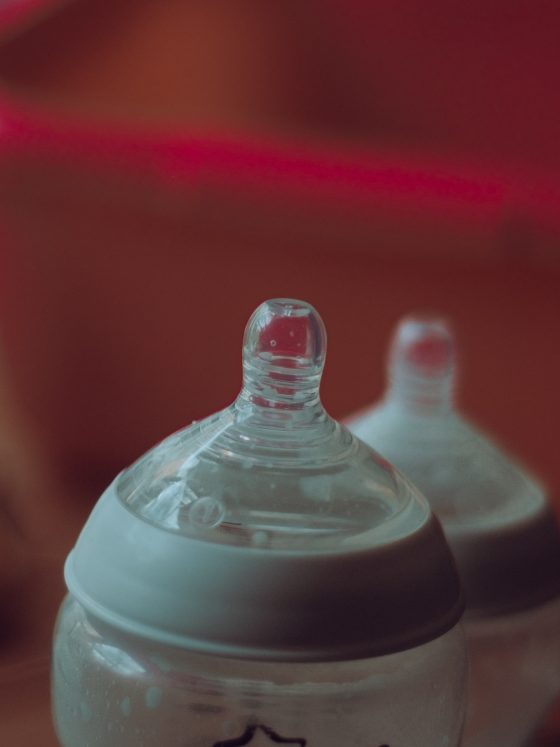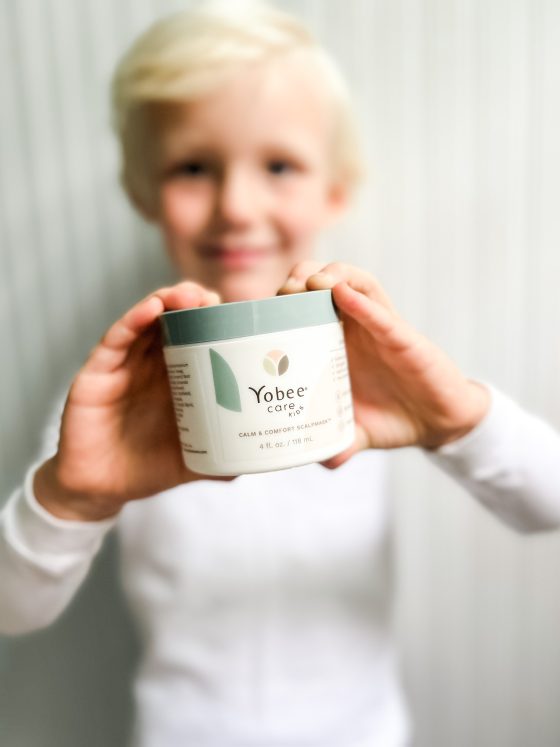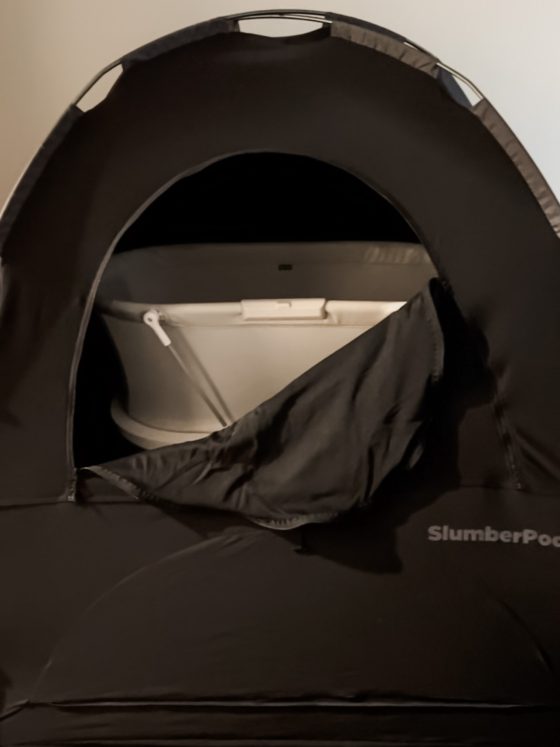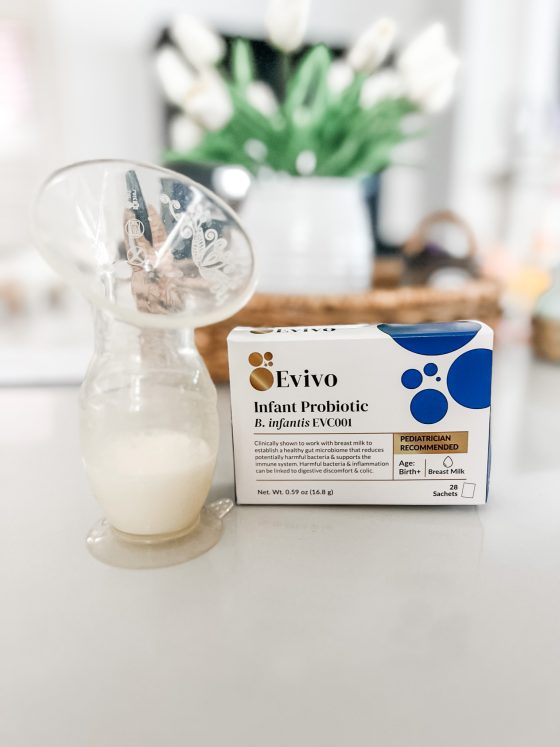13 things no one told you about postpartum
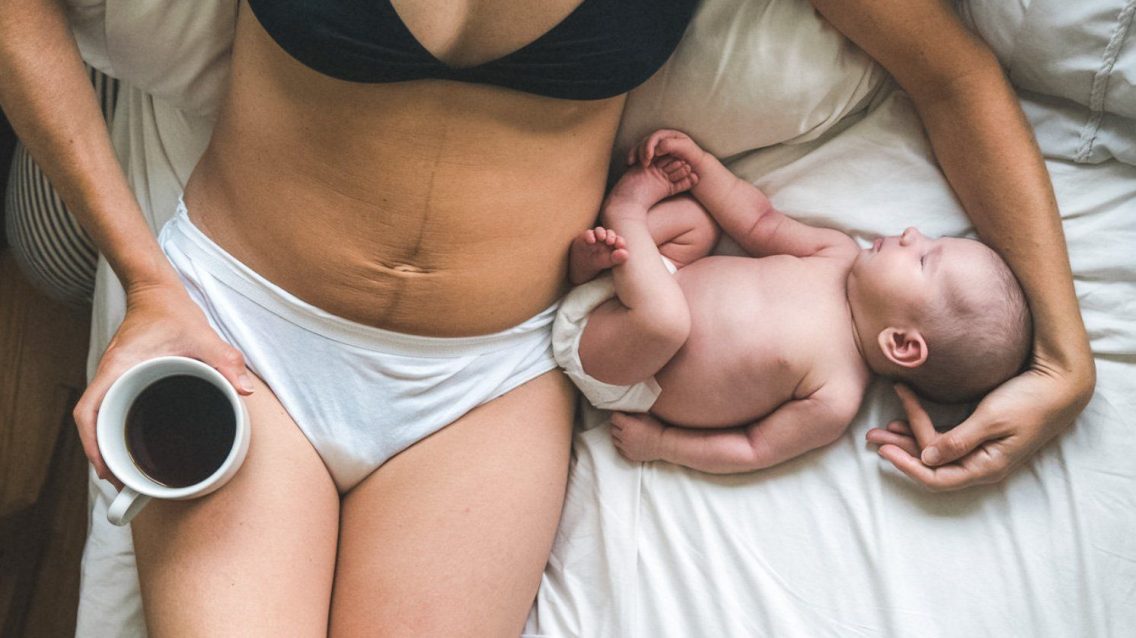
Postpartum is a time when most people are only concerned with how the baby is doing and not focusing on the parents’ needs. Most parents are caught off guard with things that happen to the woman’s body during this time because no one talks about them! We are talking about them in this blog post so you can be prepared for the fourth trimester. Keep reading to learn more!
1. Bleeding for weeks
Did you know that even if you have a c-section you will bleed similar to a very heavy period for up to 10 weeks? The lining of your uterus, called lochia, that just housed your baby is now being shed. You will need heavy pads (nothing in the vagina for at least 6 weeks) on repeat! Have you seen our 21 essentials for mom and baby during the first 21 days postpartum blog posts?
2. You’ll still look pregnant when you leave the hospital
Your uterus will take time to go back down to normal – but you will still look pregnant when you leave the hospital. Pack your maternity clothes! Check out my blog post on hospital bag essentials.
3. C-section complications
You just had MAJOR abdominal surgery and moving and sitting up can be difficult. Have everything you need at your bedside and make sure someone is there to help you when you need to get up.
Did you know you can sometimes have referred pain from gas that radiates to your shoulder? Natalie experienced this. Call your doctor if you are experiencing similar pain.
4. Constipation
O.M.G. Constipation is real, especially if you had an epidural. Pain medication is notorious for causing constipation, plus think of how much rearranging your body did during pregnancy and once baby came out! Daily stool softener, such as colace, with the instruction from your provider, and water will be a lifesaver.
5. Hemorrhoids
O.M.G.G. For real. How come no one TALKS about this?! Pushing a baby out of your hoo-ha causes a lot of pressure in that area. Remember when your L&D nurse told you to push like you were pooping? All of that pushing can cause blood vessels in your anus to swell, causing hemorrhoids. Hemorrhoids make going number 2 extremely painful and it can be especially difficult to pass stools, sometimes even causing you to bleed.
Sitz baths, with the OK from your provider, will heal heal your vaginal area and hemorrhoids (see my blog post on 21 essentials postpartum for mom for more details on sitz baths!). Hemorrhoidal cream and tucks pads help a ton, too. Adding fiber to your diet along with water and stool softener make it much easier to pass stools. These hemorrhoid wipes helped me a lot too or you can also use these suppositories (they’re not as bad as they seem!)
6. Vaginal tears
Vaginal tears are very common during vaginal labors. Sometimes, this requires a stitch or two to help heal. You can experience pain when urinating with tears – ouch! These tears can get infected, so alert your provider if anything feels or smells off. Tears can happen toward the back (toward your anus) and/or toward the front (toward your clitoris).
7. Night sweats
A HUGE change in hormones happens at delivery – and this change causes night sweats like no other! You may wake up in your bed and be completely soaking wet – sheets, hair, pillow, everything. I often had to change my sheets once a day because it got so bad!
8. Engorgement
Even if you choose not to breastfeed your baby, you will still experience engorgement postpartum. Hormonal changes tell your body to create milk and holy moly – it’s uncomfortable. In addition to your milk ducts being filled with milk, your actual breast tissue swells, leaving your boobs ROCK hard. Read more here about how to manage and get rid of postpartum engorgement in our common breastfeeding complications post here.
9. Constantly hungry and thirsty
If you choose to breast/chest-feed, your body will be literally making milk! This takes a lot of extra water and burns calories, too. Increasing your caloric intake by about 500 calories per day is recommended by the CDC. Check out my 21 essentials post for my favorite waterbottle and snacks!
10. Hair loss
Your hair is…everywhere. It’s common to have glowing locks during pregnancy – and it all falls out postpartum! Hormonal changes cause this hair loss – you’ll see it mostly in the shower. But don’t worry! Your hair growth will regulate again. Click here to see Kate’s PP hair loss favorites as well as Lauren’s items she swears by. Continuing to take your prenatal vitamins with the OK from your provider can aid in growing some of that hair back. Also watch out for those regrowing PP wisps — I am notorious for them around my hairline!
11. Skin changes
Acne, dry skin, stretch marks…ugh! Learning to love your new postpartum body will be an adjustment – but think of that amazing baby you just GREW! The hormonal swings can cause acne, “backne”, especially oily scalps and faces. It’s normal to even have that linea negra for up to a year postpartum. It will regulate – but my favorite items to control skin changes are (always check with your provider before use):
- Beautycounter cleansing balm
Not just saying this because I am a consultant – this is my favorite product. It doesn’t strip your skin and allows your natural barrier to protect your skin and reduce acne and dryness. - Humane acne wash
Used this with Finn’s pregnancy. Topical salicylic acid is safe for pregnancy (ingested, also known as aspirin, is not), but always check with your provider before use. This worked so well for me – but it dries out your skin a ton, so I use it every few days. Good for backne, too. - CeraVe rough and bumpy skin cleanser and cream
Keratosis pilaris – or those little white bumps on your arms – are common postpartum. This wash and cream help rid of the issue. Use daily. - Batiste dry shampoo
All day, every day! This is the only dry shampoo that works for me.
12. Hormonal fluctuations
They’ve been mentioned a lot here, but expect them! Mood swings, crying, feeling high and low, can be normal in the first weeks. Please visit here for more information on “the baby blues” and perinatal mood and anxiety disorders.
13. PMADs
Perinatal mood and anxiety disorders are (PMADs) are SO common. Have you read my postpartum depression and my perinatal depression story, as well as Renée’s postpartum anxiety disorder post – YOU ARE NOT ALONE, and this is NOT your fault. Please visit here for more information on PMADs. Please reach out to us, we are here to help.
Check out our FREE postpartum depression e-guide that is available in our store. Deema (psychotherapist who specializes in women’s mental health) wrote this detailed e-guide to help you learn more about postpartum depression and to highlight the resources that are available to you. Read more about Deema’s professional background here.
Also check out our postpartum care plan e-guide which is a fill-in-the-blank guide that covers all of the basic necessities and logistics that you’ll need in order to move through the postpartum period. The guide will also cover psycho-education on postpartum depression and available resources.
Book a postpartum support text or videochat with Deema / Postpartum care plan e-guide / Free postpartum depression e-guide
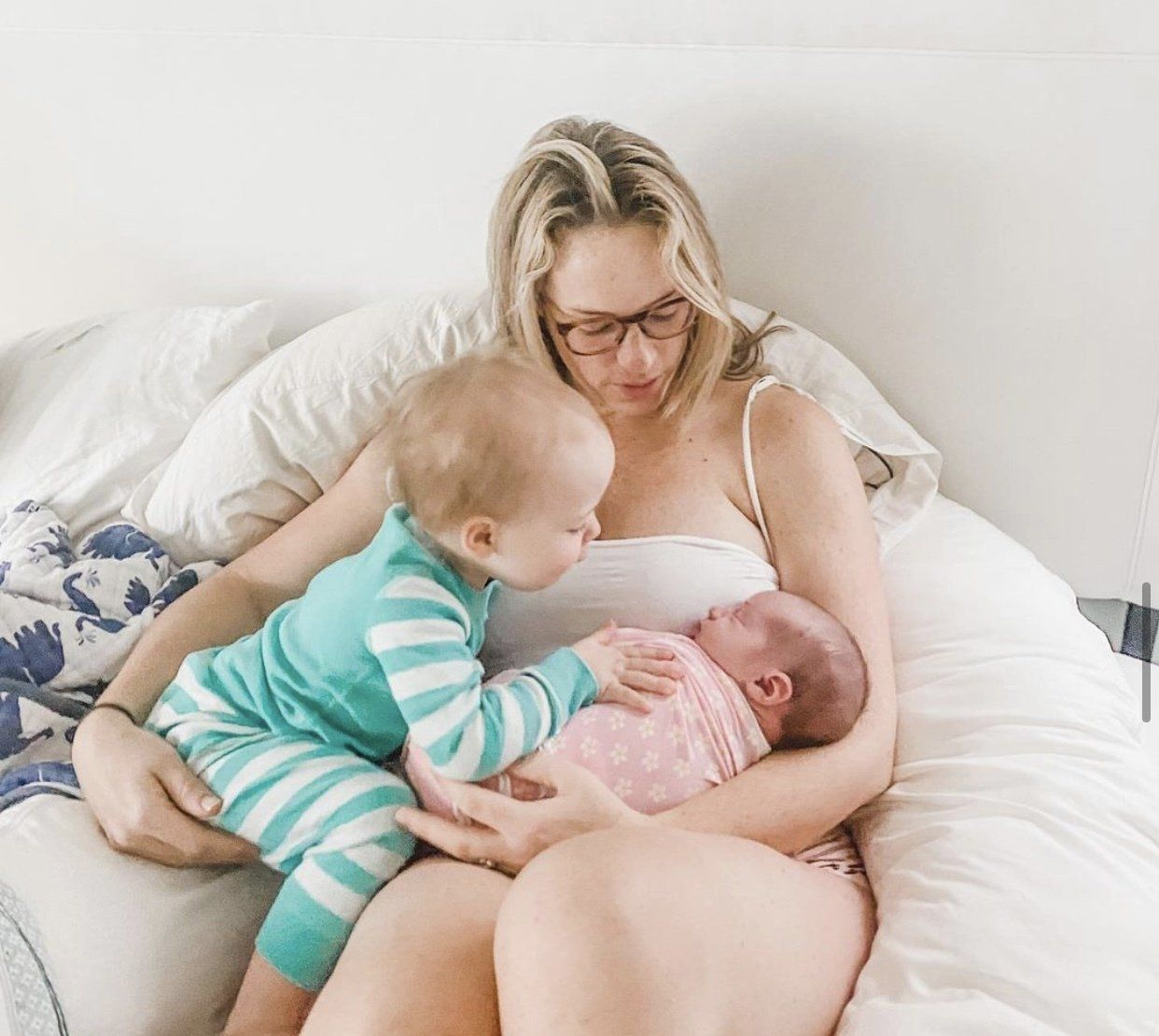
Helpful blog posts:
- Your period after baby – what to expect + when to expect it
- Sex after baby – everything you need to know
- Coping with the transition to two kids
- Kate’s favorite trying to conceive, pregnancy and breastfeeding safe products
- Battling postpartum hair loss
- Postpartum essentials for mom
- Postpartum essentials for baby
**This post is educational and not meant to take the place of your provider. Bumblebaby makes a small commission on some of the items listed above



